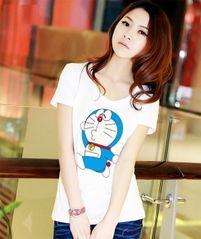What is Paper Coating Made Of?
Coating -- or the lack of coating -- can dramatically affect the appearance of the final printed piece.
But what exactly is coating? Coating is a mixture of clay, white pigment, and binder. It comes in three degrees of smoothness and hardness: dull, matte, and gloss coating. When applied to a printing sheet, coating provides a surface on which ink can sit (called "hold-out"), in contrast to the uncoated surface of an offset or opaque sheet into which ink is absorbed. The hardness of the coating--gloss being the hardest--minimizes dot gain, in contrast to the softness of an uncoated surface such as an offset or opaque sheet. Type and halftone dots do not spread as much on coated stock and therefore have crisper edges. Photographs seem sharper, and colors appear more vibrant and consistent.
Surface coatings not only provide a certain look but also affect readability. The smooth, hard surface of coated paper reflects light more evenly. That is why a gloss coating really makes photos jump off the page. However, the glare of light reflected back to the reader can tire the eyes. A dull sheet, on the other hand, makes photos a little softer in appearance but at the same time improves readability. Consider the matte sheet -- which is a little less smooth than a dull sheet because the coating is not as uniform, and is cheaper to produce -- as another good choice for text-heavy documents.
What is the Difference Between Whiteness and Brightness of Paper?
These terms are not interchangeable. Brightness refers to the amount of light reflected back to the reader's eye. A bright sheet makes photos "pop" due to the contrast between the paper and the ink. An interesting and useful fact is that the paper grades -- premium, #1, #2, #3, #4, and #5 -- are distinguished one from the other based on brightness. Bleaching the paper to increase its brightness moves a printing sheet up the scale to a smaller number and increases its price.
Whiteness, on the other hand, refers to the quality (as opposed to the amount) of light. A white sheet evenly reflects all colors of the visible spectrum. However, papers inherently have either a warm, yellowish tinge or a cool, bluish tinge. In general, blue-white sheets appear brighter than comparable yellow-white sheets (although this is not always true once ink or varnish is applied).

























